It was day two of the 2019 NACAC conference in Louisville, Kentucky and I knew the session “Early Decision: Who Really Benefits” was going to be packed. I, along with my colleagues from high schools across the country, grabbed a few last chairs, eager to hear what Kirk Brennan, Director of Admission at the University of Southern California and Jeff Schiffman, Director of Admission at Tulane University were going to say about the role of Early Decision in college admission. Given that this is one of the most controversial topics in the sphere of college counseling and admission, I knew there would be some thought-provoking information to gather. I was not disappointed.
 Long before the days of Early Action and Early Decision, there was only one application deadline that most colleges offered: one not-so-creatively named “Regular Decision” (RD). RD deadlines typically fall in January or February, with admission decisions being released no later than the first of April every year. But, as the college admission landscape has changed, so too have the deadlines. For a variety of reasons, there is an undeniable push to move this process earlier. In response to this, there have been an increasing number of colleges that offer both Early Action and/or Early Decision options.
Long before the days of Early Action and Early Decision, there was only one application deadline that most colleges offered: one not-so-creatively named “Regular Decision” (RD). RD deadlines typically fall in January or February, with admission decisions being released no later than the first of April every year. But, as the college admission landscape has changed, so too have the deadlines. For a variety of reasons, there is an undeniable push to move this process earlier. In response to this, there have been an increasing number of colleges that offer both Early Action and/or Early Decision options.
Early Action (EA) indicates an earlier application deadline which can occur anywhere from mid-October through December. Students who apply EA typically learn their admission decision sometime between mid-December and the end of January in their senior year, but they have until the end of April to decide where they ultimately want to enroll. Early Decision (ED), on the other hand, refers to a binding early application plan, one that may follow a similar timeline in terms of application deadlines, but results in a student learning of their admission decision 4-6 weeks after submitting their application. If a student is admitted in ED, they are bound to attend the college, must withdraw all other applications, and must promptly withdraw the applications submitted to other colleges and universities and make no additional applications to any other university in any country.
It is precisely the binding nature of ED that makes this admission plan so controversial. Kirk Brennan touched on some of the reasons he believes colleges should not offer Early Decision both in his NACAC presentation and in a blog post he wrote several years ago. Offering an explanation for why the University of Southern California does not provide students with the option of applying EA or ED, he wrote “We don’t think Early Decision/Action programs promote a healthy search for a college. We think a good search for a college should be careful and deliberate, not rushed, and that early programs generally cause students to make this big decision too soon. So our policy is based on the principle of keeping the student’s best interest in mind.” Other criticisms of Early Decision programs stem from the fact that historically, these types of admission plans favor those who are most able to afford college, as applying ED leaves a student without the ability to compare financial aid packages.
Offering a different side to the debate, Jeff Schiffman presented compelling reasons for why colleges rely on Early Decision applications. Citing the growing challenges many institutions face with enrollment and successfully meeting financial budgets, he very bluntly told everyone listening that as much as we may not like to think of colleges in this way, they are businesses. He went on to remind us that admission directors answer directly to their Boards of Trustees and Presidents, many of whom respond well to favorable numbers. Early Decision helps colleges, not just from guaranteeing a certain percentage of their incoming class and protecting their admission yield rates, but in improving student retention and graduation rates as well. According to Mr. Schiffman, at Tulane, students admitted through Early Decision are happier and more likely to retain (not transfer elsewhere). Student retention and graduation rates are two key pieces of data on which institutions are evaluated by outside rankings, like US News and World Report. While this annual publication is one not held in high regard by most admission professionals and college counselors, it is a resource many families rely upon when searching for colleges. Clearly, it’s not just Boards and Presidents who place a value on numbers and that, too, is a pressure admission offices face.
As the conference session wrapped, it was clear that there is no easy answer to the debate swirling around Early Decision. What was also apparent is that this is an application option that will not go away anytime soon. According to a 2018 NACAC study, 52 percent of the most selective colleges in the country offer an Early Decision deadline. And, just this year, another school joined those ranks. Citing a desire to give students the greatest flexibility in choosing an application plan that works for their needs, the University of Virginia reintroduced Early Decision this fall, an option they had not offered for over a decade.
While it is important to understand the broader landscape, for students at Tabor, the decision over whether to apply ED should only be entertained in situations when a first-choice college is clearly identified after close consultation with their parents and college counselors. Every student’s college search and application process is unique and we stand at the ready to help.









